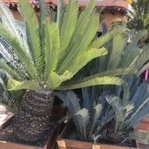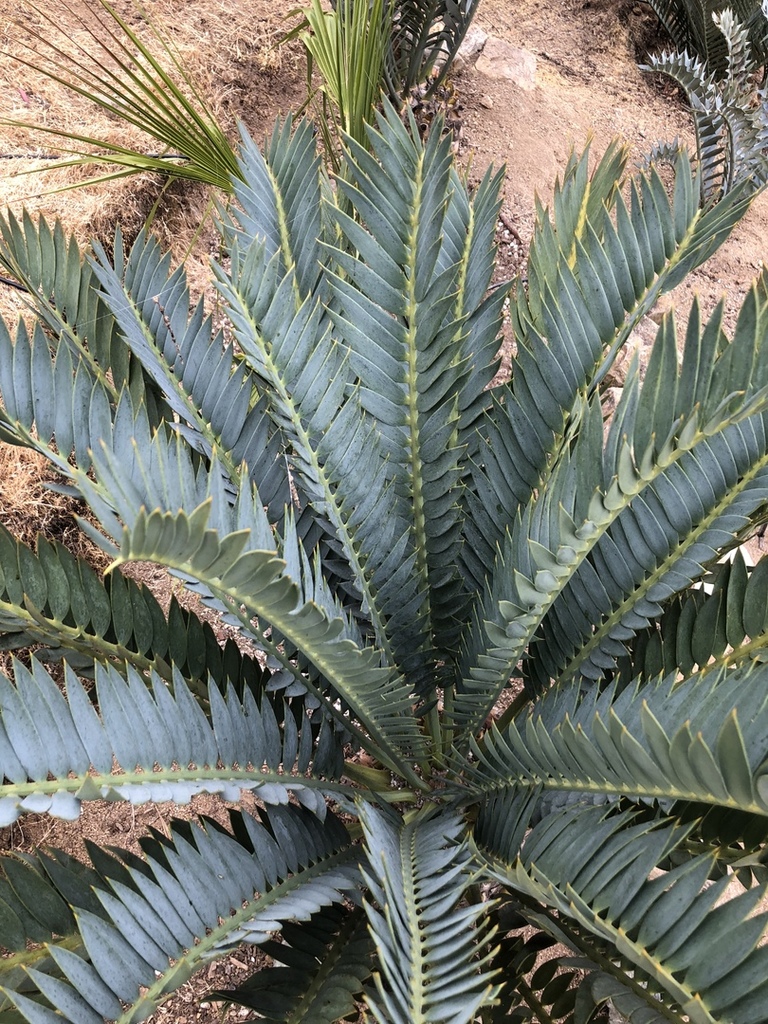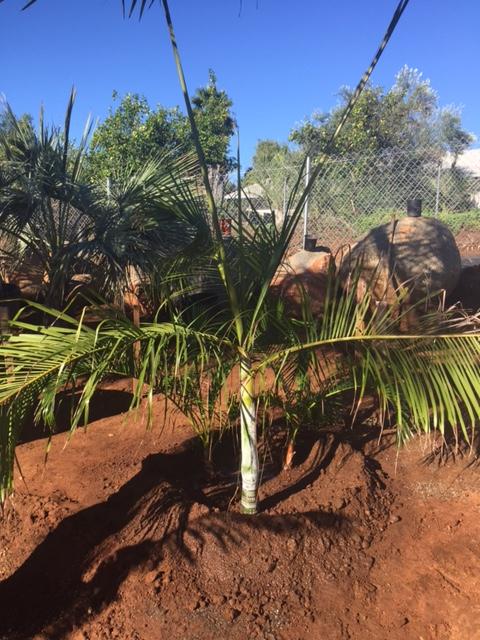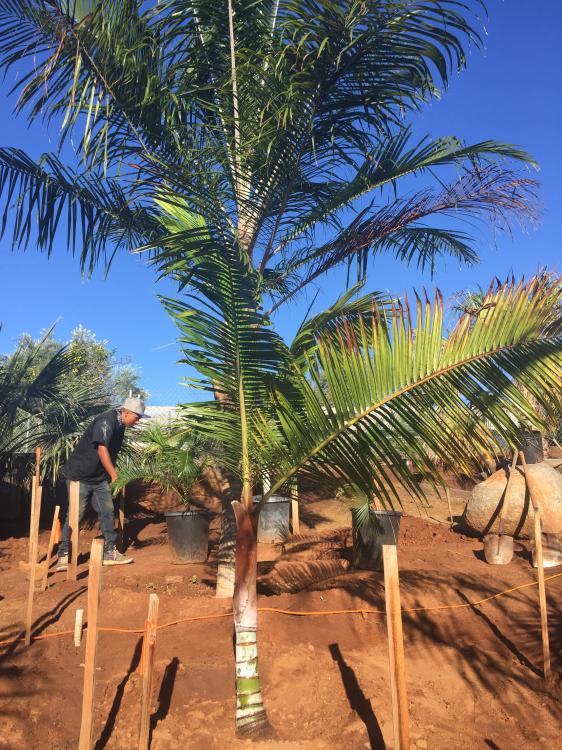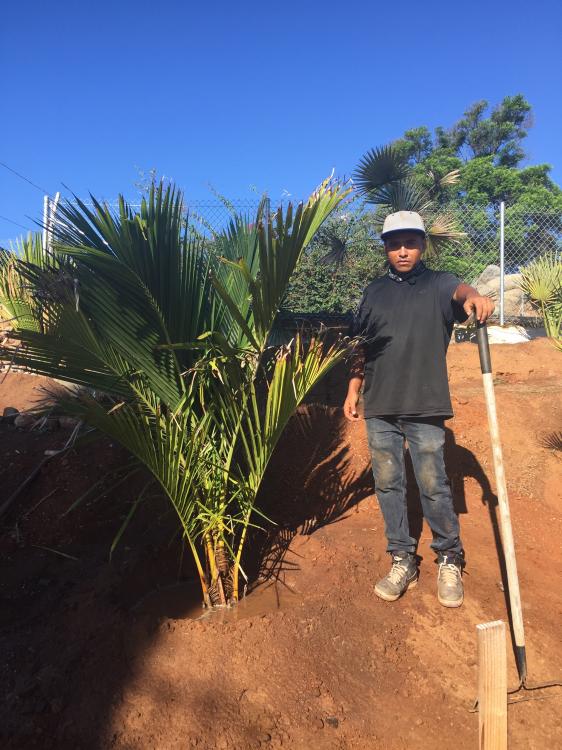Leaderboard
Popular Content
Showing content with the highest reputation on 11/23/2021 in all areas
-
7 points
-
4 points
-
Hi Will, I believe some palm seeds prefer not to "cook." I don't have any experience with Ceroxylon or Rhapidophyllum but Jubaea seem to respond better with fluctuations in temperatures. I planted one Jubaea seed in my front flower bed about this time of year and it sprouted in March when it started to warm up good. I've also had success germinating Butia odorata seeds after putting them in the refrigerator for a few weeks. Howea forsteriana and Trachycarpus fortunei seem to germinate better at room temperature as well. Jon4 points
-
4 points
-
3 points
-
Interesting form Konstantinos! Looks as if it were crossed with a Coccothrinax!3 points
-
3 points
-
If they are hybridised, they are still incredibly Robusta dominant. Bear in mind that a lot of these haven't lost their leaf boots yet or been shaved down. It will become more apparent how Robusta they are in the coming years as the trunks really start to elongate. The 40 foot Earls Court one is definitely pure Robusta or like 95% going by some of the trunk photos. I mean its trunk is rail thin and curves at an angle. I think the others will look thinner trunked too as they keep going upwards in the coming years and lose their lower leaf boots, but I guess we'll see. I may be wrong. What is generally the minimum zonal requirement for Robusta? like 9a? Maybe 9b in a cool-wet winter climate? London isn't exactly ideal for Robusta's or washies in general, but they aren't doing too bad there at 51N. Any idea what the cut off point for Robusta's is on the west coast of the USA? Like the north Oregon coast? Southern Washington? I assume Robusta's will grow at Gold Beach, Oregon at lat 42N? Are there many Robusta pictures from Gold Beach? That is technically 9b I think, so central London is surely at least 9b as well by that merit. Although It's hard to make an argument for a 10a zone in London when you overlap the European and North American continents at the same latitude.3 points
-
I had hundreds of Kentia seeds drop from a tall palm in my backyard, and literally got hundreds of seedlings growing. I ended up potting them and selling them in 8 inch pots.3 points
-
I guess it just depends on what type of palm you are trying to grow directly in the ground combined with your climate, soil type, moisture level, time of year, local critters that may like the seeds or seedlings and I’m sure a whole lot more factors. For example, Dypsis lutescens grow just fine here by throwing them on the ground even with the fruit still on the seed as long there is enough moisture available. So far, none of the local wildlife likes the sprouted seedlings. The squirrels do like the eat the fruit off the seeds though.3 points
-
3 points
-
3 points
-
3 points
-
2 points
-
I think licualas like small temp dips. I move them off the heat mat overnight. I read this in the instructions I followed and they take a long time but I've had a lot germinate. My D. onihalenses were 80's to 90's with no dips. I only got about 20%. I'm thinking they might have been too hot. I also read about Trachycarpus takil needing to be temporized with cold but I had no luck with those after a trip to the fridge (After I had already exposed them to other methods--I think they were old,).2 points
-
I got 100% germination rate on D baronii black petiole at room temperature. I’ve got a batch of D onilahensis still popping now, already up to about 75% after 3 months but I’ve got these places over a central heating duct indoors so temps probably fluctuate from room to low 30s C (80s F) for the D onilahensis.2 points
-
Not answering your query but I imagine there are. If you are interested in meeting with another palm enthusiast in Cairns I am one. Live in Whitfield and have a mini nursery in the backyard. Hundreds of Lipsticks! 0438593483 is my number. Send me a text if you feel inclined. Came across a previous post of yours referring to your Pseudophoenix sargentii that you left behind before coming to Cairns. Not sure but I think I have some growing. You might be able to help verifying their identity!2 points
-
Tim, I'd hate to accuse anyone of plagiarism, but I believe this photo was lifted directly from Sunset Magazine's new coffee table book, The 50 Most Beautiful Gardens of the World.2 points
-
From the photos you provided and description, it just sounds like Potassium deficiency. I get it on all my Coconut Palms here, both in the ground and ones in pots too, to varying degrees, based on variety, size, overall healthy of the palm, etc. Some get it worse than others. Prolonged warm weather, usually cures it, but as we are heading into winter, it will continue to varying degrees throughout the winter. Severe cases of it can kill palms, but it is not contagious, so one palm WILL NOT give it to another palm. It is a nutritional deficiency brought on by chilly/cold weather, and NOT a disease, even though it may initially appear as a disease, as multiple Coconut Palms and other susceptible palms can have the condition at the same time, giving the appearance that it is a rapidly spreading disease, when it is not. I assure you, it is strictly a condition in the palms brought on by extended cool/chilly weather. Some varieties can develop it after just one or two nights of cool to chilly weather, while other varieties won't even be affected at all at the same time! To cure it (affected leaves will remain ugly and not recover, but as long as they have green on them, don't cut them off, as palms need as much green foliage as possible to produce photosynthesis), and to prevent it from occurring in the first place, or from recurring later on, use Liquid Seaweed according to the directions as a foliar spray, and use MicroLife Ocean Harvest 4-2-3 as a foliar spray several times throughout the late fall and winter, and even into the early spring, then a couple of times throughout the rest of the year, to help with palm health. John2 points
-
2 points
-
I've sprouted Chamaedorea, Arenga, and Phoenix species this way. If the seeds are fresh and your soil is good, it'll work. It's best to use a shady spot that doesn't completely dry out. What blows my mind is, I had Chamaedorea microspadix and radicalis, Arenga engleri, and Phoenix acaulis seeds in the ground during the terrible Texas winter freeze which subsequently sprouted this spring and summer!2 points
-
2 points
-
2 points
-
2 points
-
I would think this would give you a better chance at survival. I've heard Washingtonia grow like weeds so I don't think you'd loose anything trying. Butia in the other hand are a bit more difficult and temperamental. Here's an interesting article I just read regarding endocarp removal versus not with Butia...you can click donwload pdf and read it without being grayed over. https://journals.ashs.org/horttech/view/journals/horttech/8/4/article-p586.xml2 points
-
2 points
-
2 points
-
2 points
-
2 points
-
Thanks everyone for the comments, I was grateful to be able to share this incredible palm from the garden. Here are a few more photos. My neighbor Jason social distancing. The same palm back in October 2008 right after planting. For folks with palms this size.....keep the faith. A real blast from the past, The day I acquired the palm from Bo, along with a truckload of other stuff. BTW, we look exactly the same today! Tim2 points
-
2 points
-
Some good info here as well, but again, conflicting with other documentation I've read. This one quoted a guy named Carpenter and states cold storage for Butia seed improved germination. However, it also stated removing the endocarp provided even better results. https://edis.ifas.ufl.edu/publication/EP238 Another good read on Butia germination after drying them for a period of 24 - 48 hours then subjecting them to various test ranges for germination. Interesting in this test best germination was achieved when temps were kept at 40c for the first twenty one days then dropped to 30c during germination. Also appears dry storing for 90 days produced better results https://www.researchgate.net/publication/263460045_Alleviation_of_seed_dormancy_in_Butia_odorata_palm_tree_using_drying_and_moist-warm_stratification Certainly worth experimenting.1 point
-
1 point
-
1 point
-
1 point
-
@Allen looks like you've got it covered for a while. Do you guys already expect severe lows up there? We have barely hit 32 so far. Mine is staying out this year unless we go below 18. Also, You might want to look at the DeWitt white 2.5oz frost cloth. It is a bit better at protecting from what I've seen, and it does allow some light in during long durations of being covered. I used this for the first winter the Chamaerops and Sabal were in the ground, then used it again last year to cover a queen palm in the ground -which it DID protect against a 15F night. (along with the minis).1 point
-
I've noticed that this nursery has many palms that are going to need some "help" here in 8a (a couple of livistona species, phoenix, etc.). These bizzies are probably the most egregious offering they have.1 point
-
I like the idea of unknown/ undocumented populations of palms out there. The flip side like you said @Meangreen94z is how many have been destroyed for development that went unnoticed? Gary Hollar told me they do a lot of phosphorus mining in NC and will just knock down huge areas of native habitat without blinking an eye, a few times he knows of that contained 8-10 foot ancient Sabal minor populations.1 point
-
1 point
-
1 point
-
1 point
-
This is the full list of palms, plants and flowers that are grown inside the main park of Málaga. Taken from this site, it has many pics as well: https://jardinessinfronteras.com/2018/12/20/el-parque-de-malaga-un-paraiso-en-la-ciudad/ Acalypha wilkesiana Acer negundo Acoelorrhaphe wrightii Acokanthera oblongifolia Acrocomia aculeata Agapathus africanus Araucaria bidwillii Araucaria columnaris Araucaria heterophylla Archontophoenix alexandrae Archontophoenix cunninghamiana Archontophoenix purpurea Arenga engleri Bauhinia purpurea Beaucarnea recurvata Beaumontia grandiflora Bismarckia nobilis Brachychiton acerifolius Brahea armata Brahea brandegeei Brahea calcarea Brugmansia arborea Brunfelsia pauciflora Butia capitata Butia paraguayensis Butia yatay Calendula officinalis Callistemon viminalis Codiaeum variegatum Caryota mitis Caryota obtusa Caryota urens Cedrela odorata Ceiba speciosa. Celtis australis Cephalotaxus harringtonia Cestrum nocturnum Chamaedorea costaricana Chamaedorea elegans Chamaerops humilis Chambeyronia macrocarpa Citharexylum spinosum Citrus aurantium Clivia miniata Coccoloba uvifera Coccothrinax alta Coccothrinax fragrans Combretum indicum Cryosophila stauracantha Cryosophila warscewiczii Cycas revoluta Dombeya x cayeuxii Dracaena deremensis Dracaena draco Dypsis leptocheilos Dypsis lutescens Dypsis madagascariensis Encephalartos laurentianus Erythrina caffra Euphorbia milii Ficus microcarpa Furcraea selloa Gaussia maya Ginkgo biloba Grevillea robusta Harpephyllum caffrum Hedera helix Hemerocallis fulva Hibiscus arnottianus Hibiscus rosa sinensis Howea belmoreana Howea forsteriana Hyophorbe verschaffeltii Inga edulis Jacaranda mimosifolia Jasminum officinale Jubaeopsis caffra Kigelia africana Lagestroemia indica Latania loddigesii Lilium candidum Livistona australis Livistona benthamii Livistona chinensis Livistona decipiens Livistona decora Livistona nitida Macadamia integrifolia Macrozamia moorei Magnolia grandiflora Meryta denhamii Montanoa bipinnatifida Monstera deliciosa Murraya paniculata Musa x paradisiaca Nannorrhops ritchieana Pandanus utilis Paraserianthes lophantha Parajubaea torallyi Persea americana Petrea volubilis Phoenix canariensis Phoenix dactilifera Phoenix roebelenii Phoenix rupicola Phyllostachys aurea Pinanga coronata Pinus canariensis Pittosporum tobira Platanus xhispanica Plumeria rubra / Plumeria alba Podocarpus neriifolius Pritchardia hillebrandii Ptychosperma caryotoides Philodendron xanadu Ptychosperma elegans Ptychosperma waitianum Quercus ilex Quercus robur Ravenea rivularis Rhapis excelsa Rhapis humilis Rhopalostylis baueri Roystonea borinquena Roystonea oleracea Roystonea regia Rondeletia odorata Russelia equisetiformis Sabal bermudana Sabal dominguensis Sabal mauritiiformis Sabal palmetto Spathiphyllum wallisii Spathodea campanulata Schefflera arboricola Strelitzia nicolai Strelitzia reginae Tagetes Tabebuia heterophylla Tabebuia rosea) Taxodium mucronatum Tecoma stans Tetraclinis articulata Trachycarpus fortunei Trithrinax brasiliensis Veitchia arecina Wallichia oblongifolia Washingtonia filifera Washingtonia robusta Wodyetia bifurcata Yucca gigantea Yucca elephantipes1 point
-
Looks like we won’t be heading to the foxtails. Instead, we’re gonna drive to the Archer River to look for palm cockatoos1 point
-
1 point
-
1 point
-
1 point
-
Here are a few palms I planted last week in the garden. It's amazing to see how fast this garden is taking shape. I hope you enjoy these pic's. I always enjoy your feed back. Please chime in if you are growing any of these species or have any positive feed back you may have. ENJOY 3 15 gal Dypsis Ambositrae triple planting after 25 gal Teddy bear (one of my fav's) beccariophoenix madagascariensis, My buddy is 5'10, for scale 20 gal parajubaea cocoides copernicia fallaensis (holy grail status for California)1 point
-
Just planted a very nice 24" box "Cali coconut" beccariophoenix alfredii... There is no doubt this a super grower for us in Southern California. I cant wait to see this get big and coconut like soon. Thanks for looking..1 point
-
Thanks Chris. I just noticed that my jubaeopsis has 3 flowers on it. It set viable seed last year form the first time. cheers..!1 point

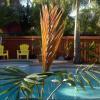

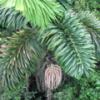
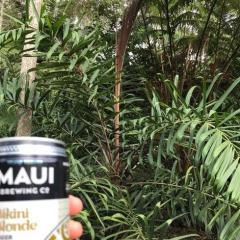
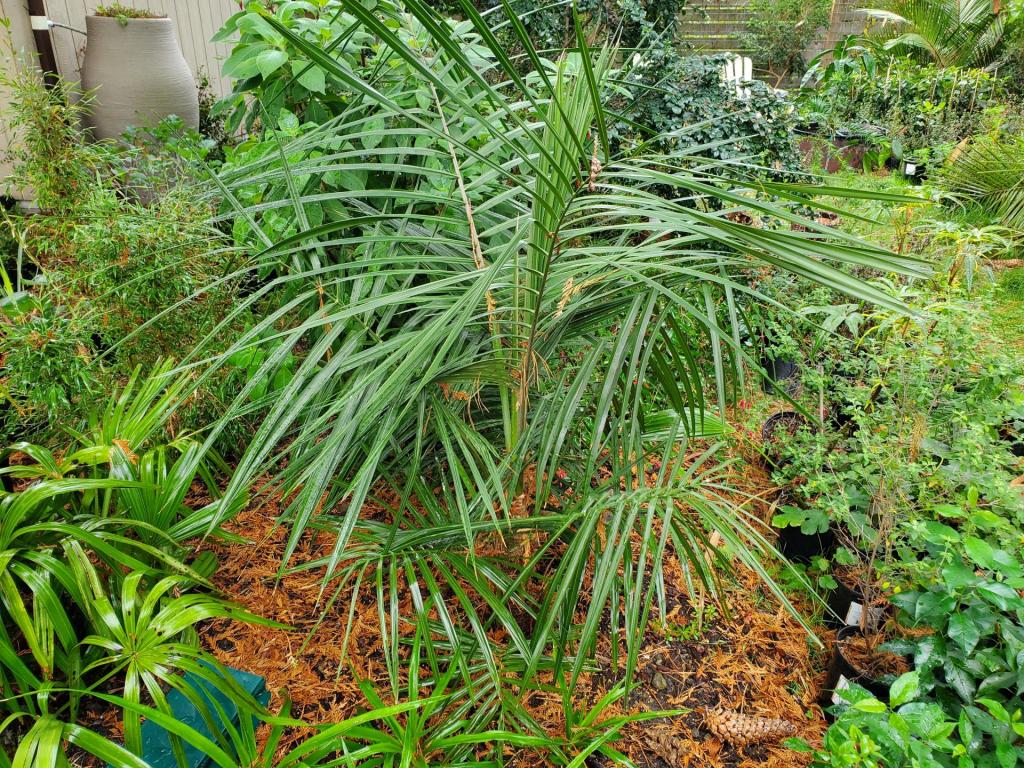
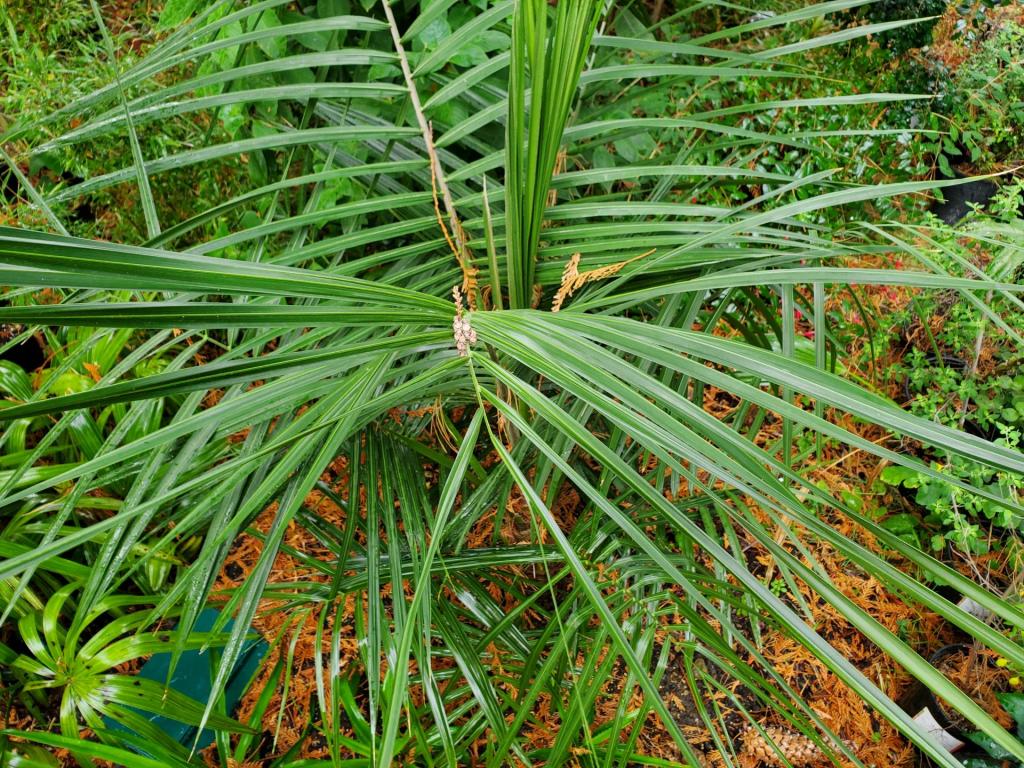
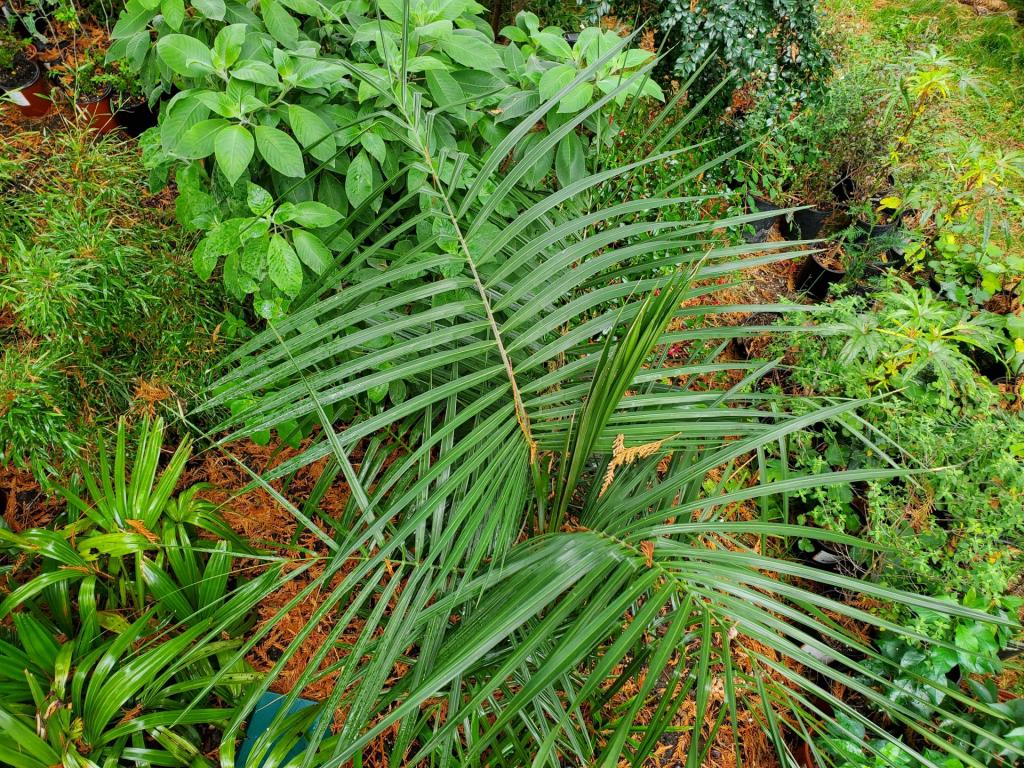
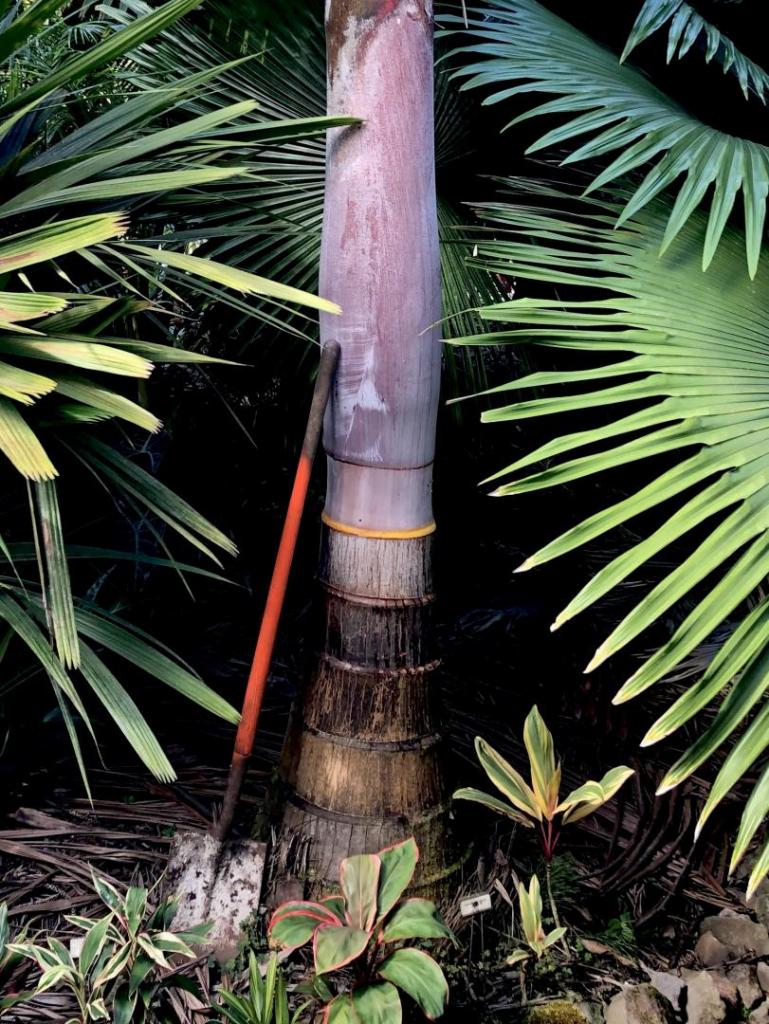
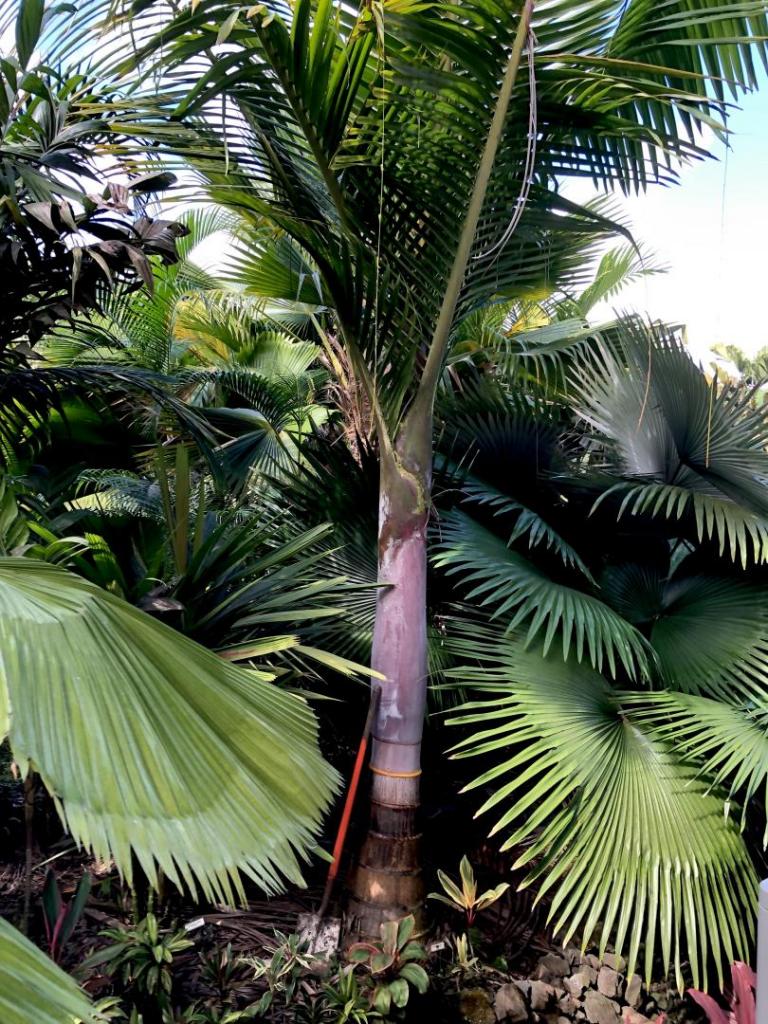
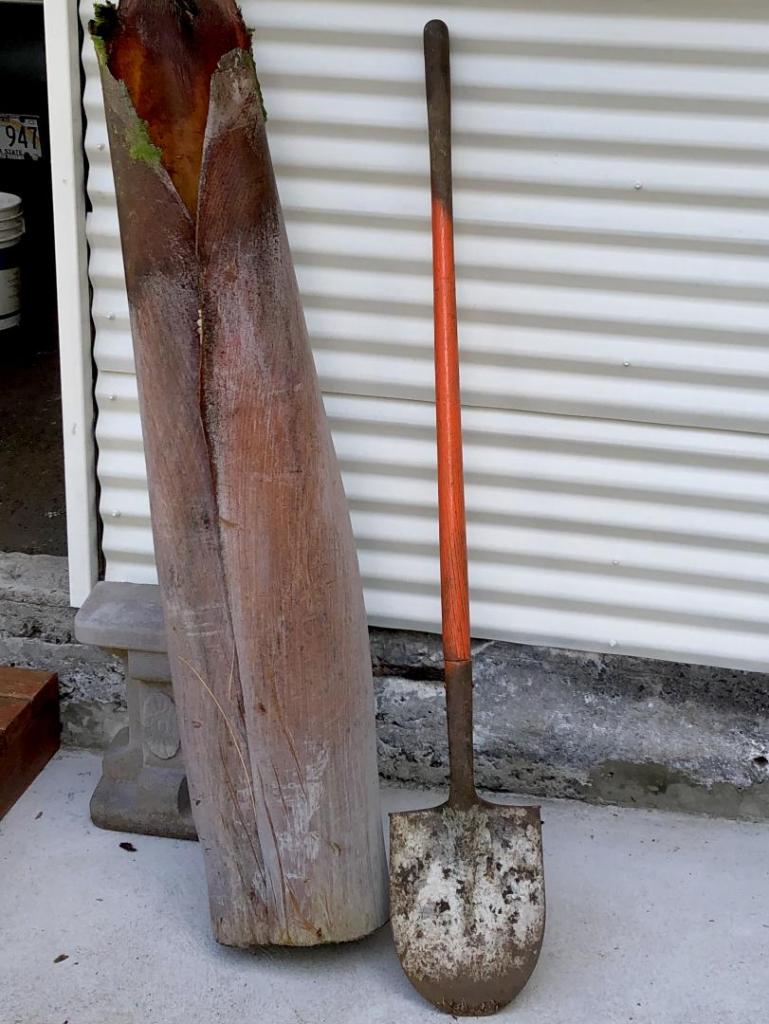
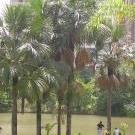
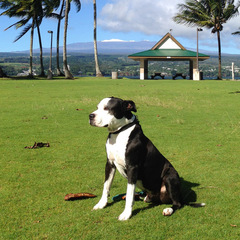

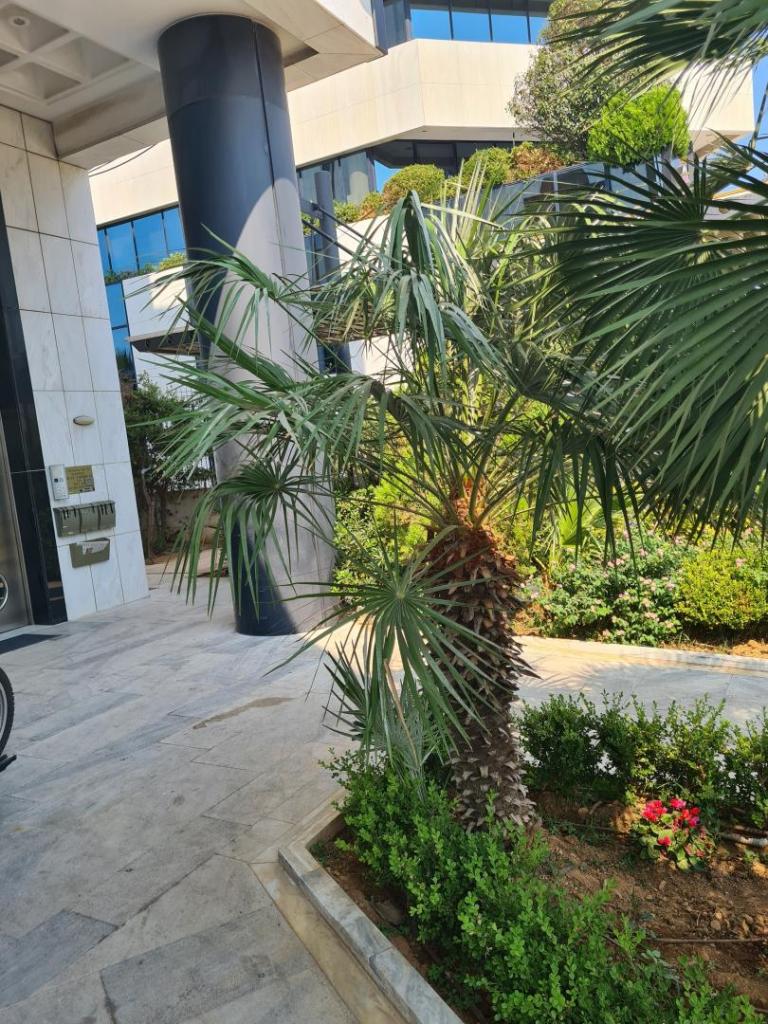
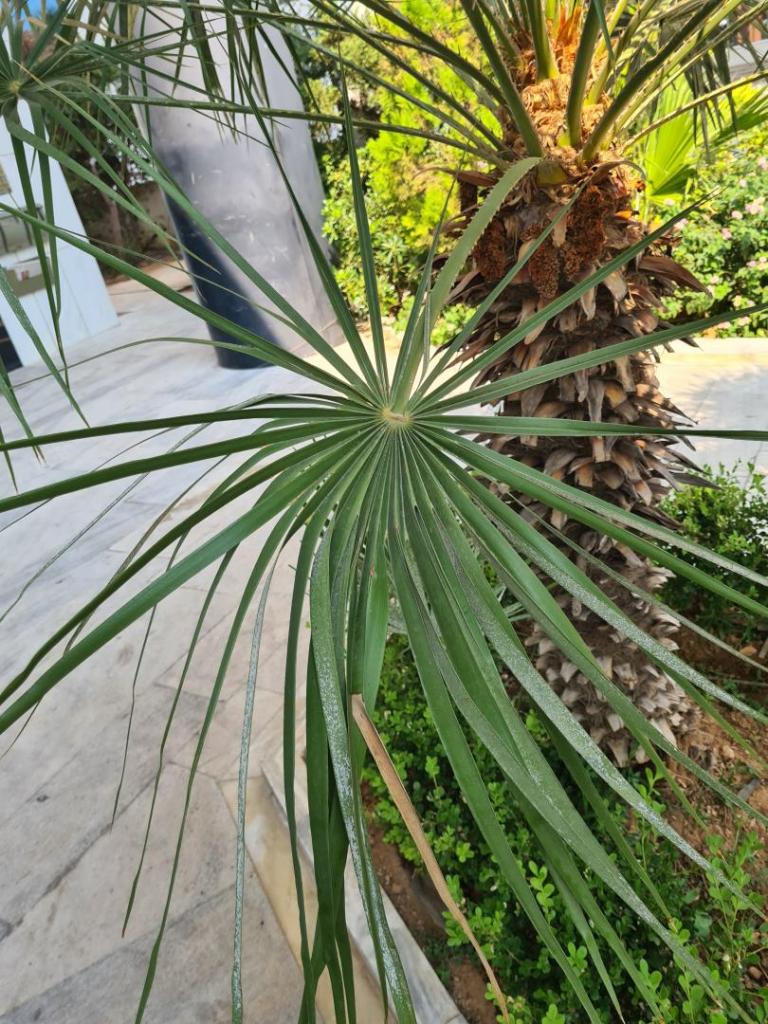







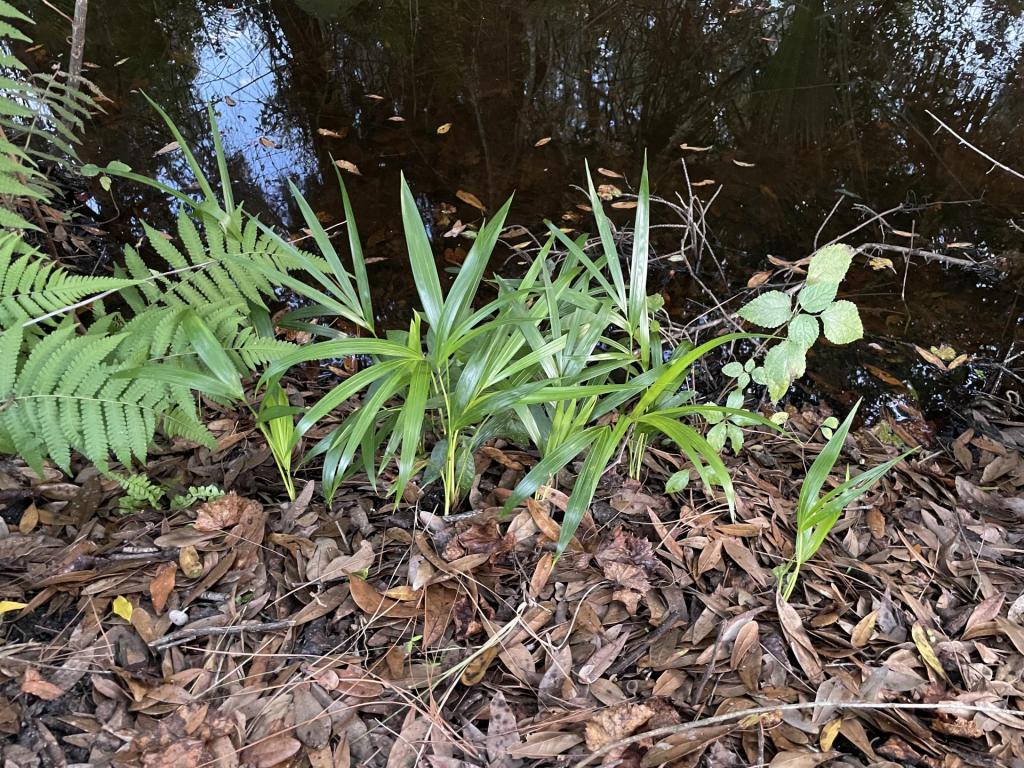
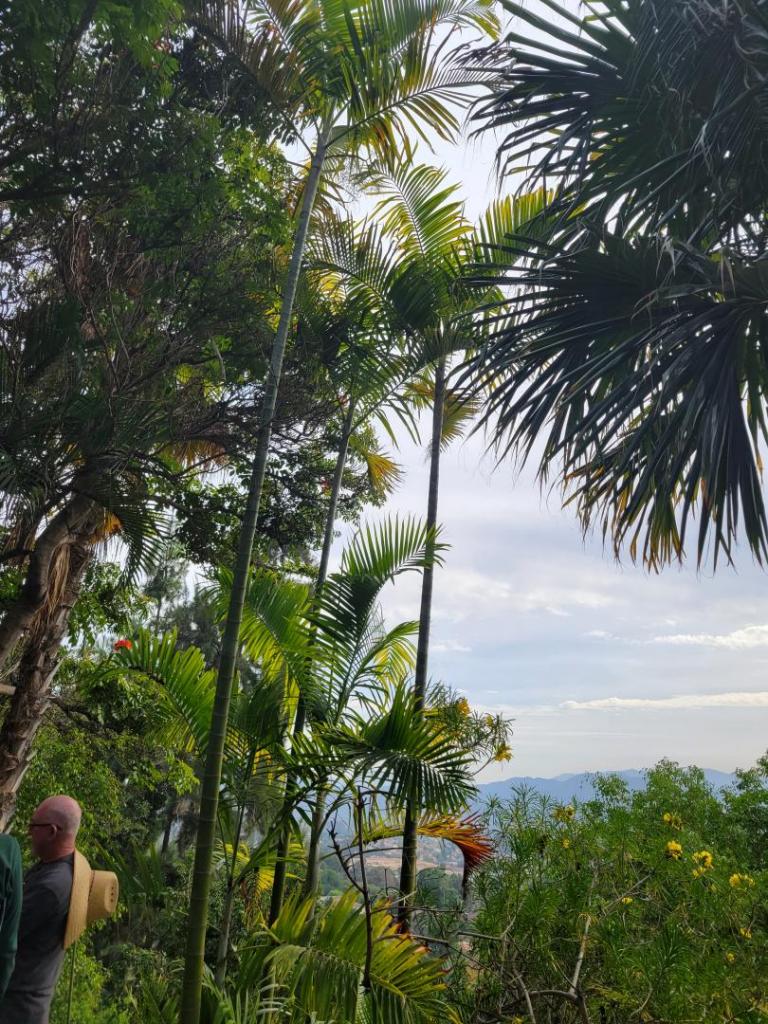


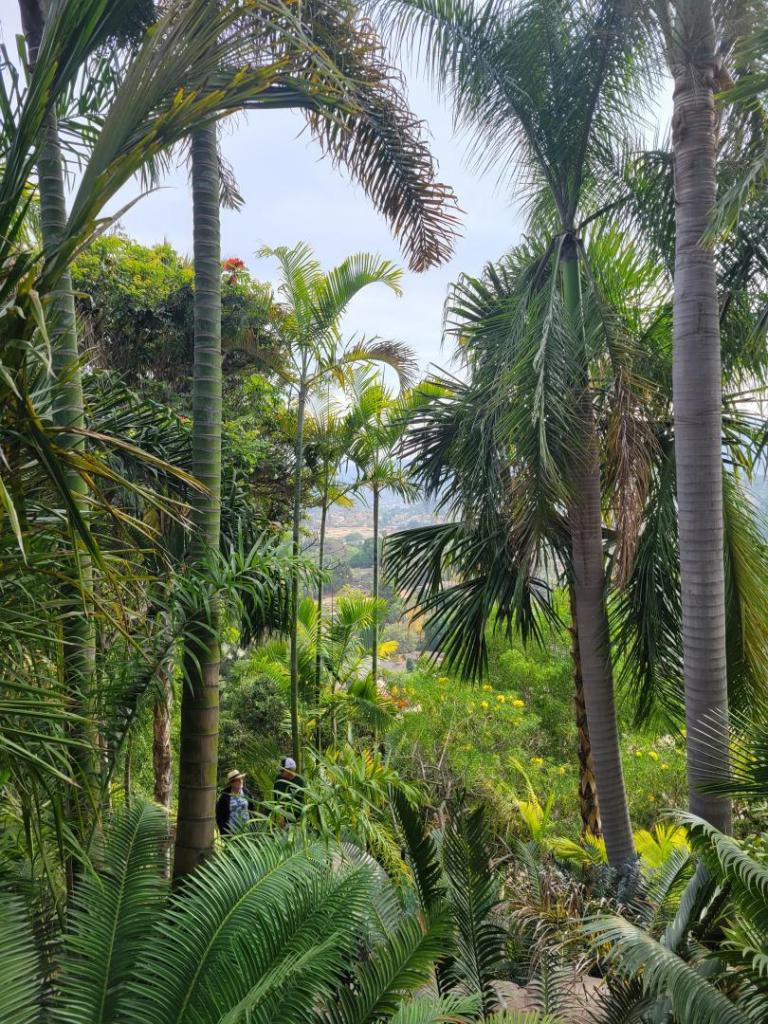
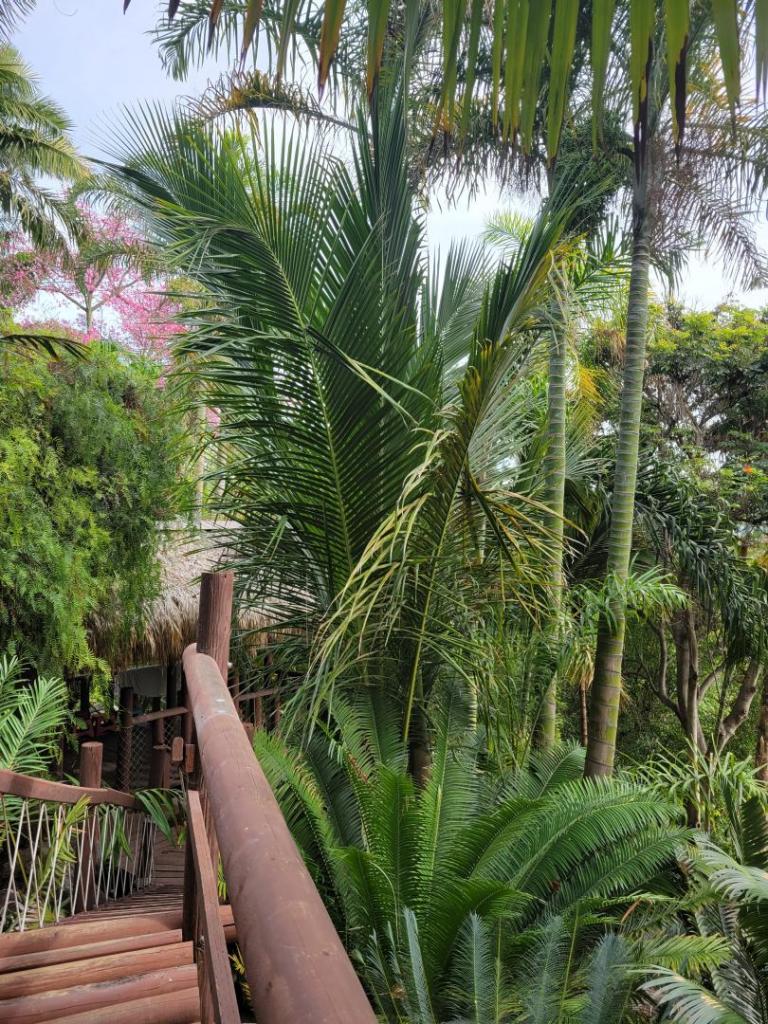




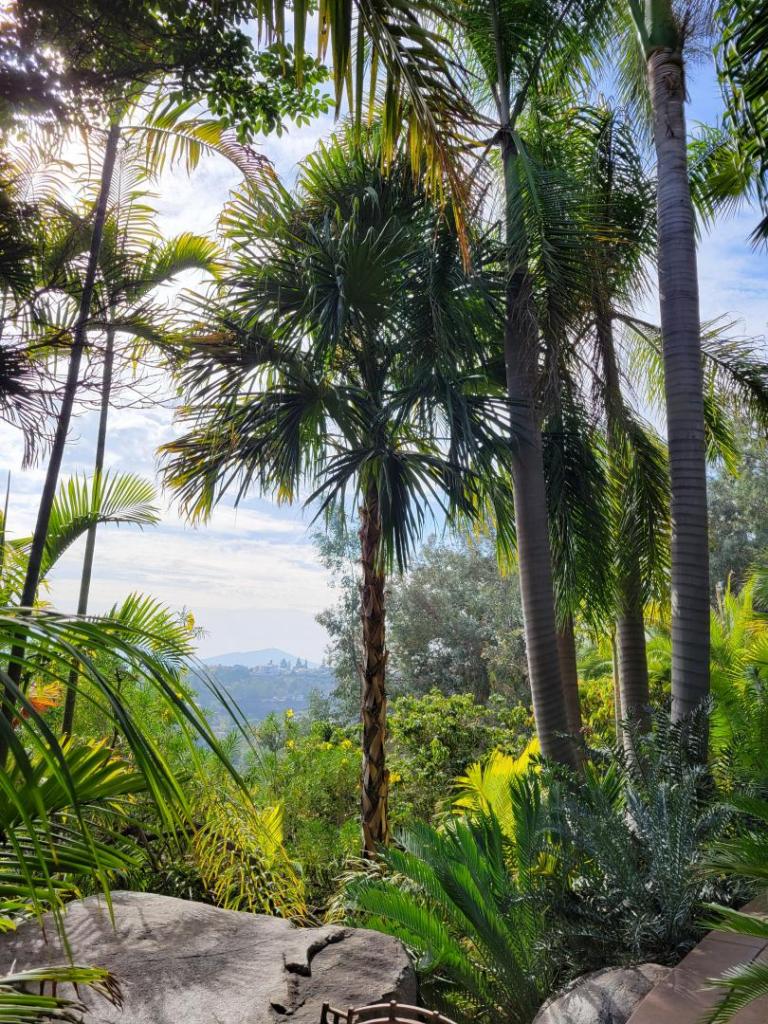

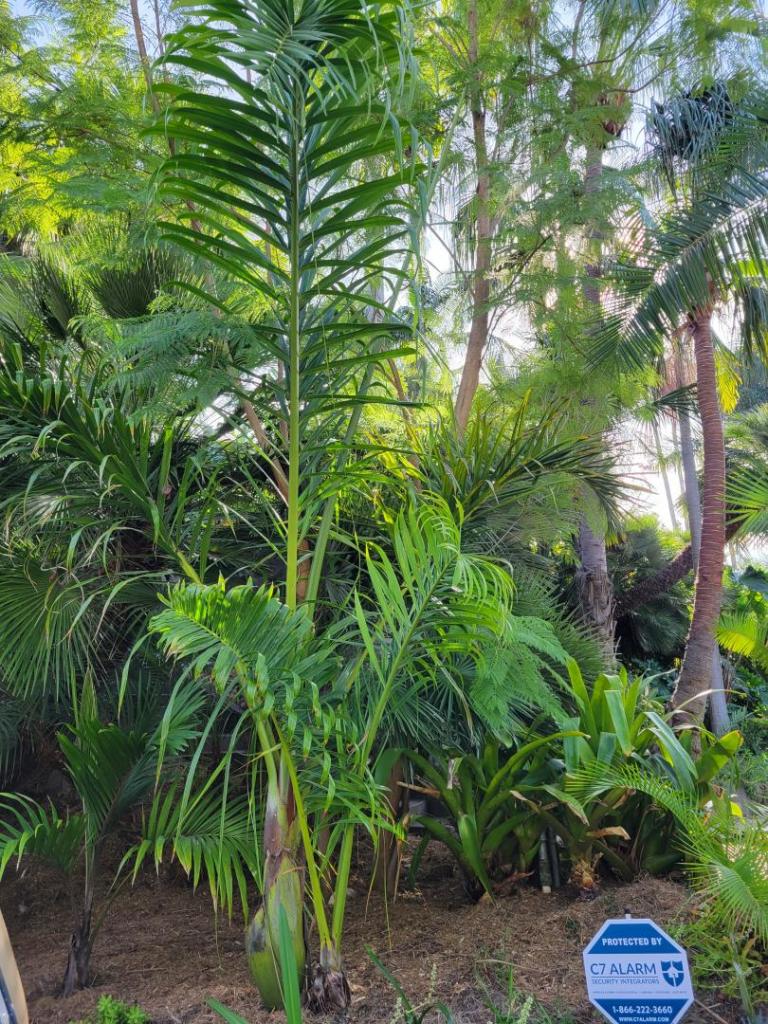
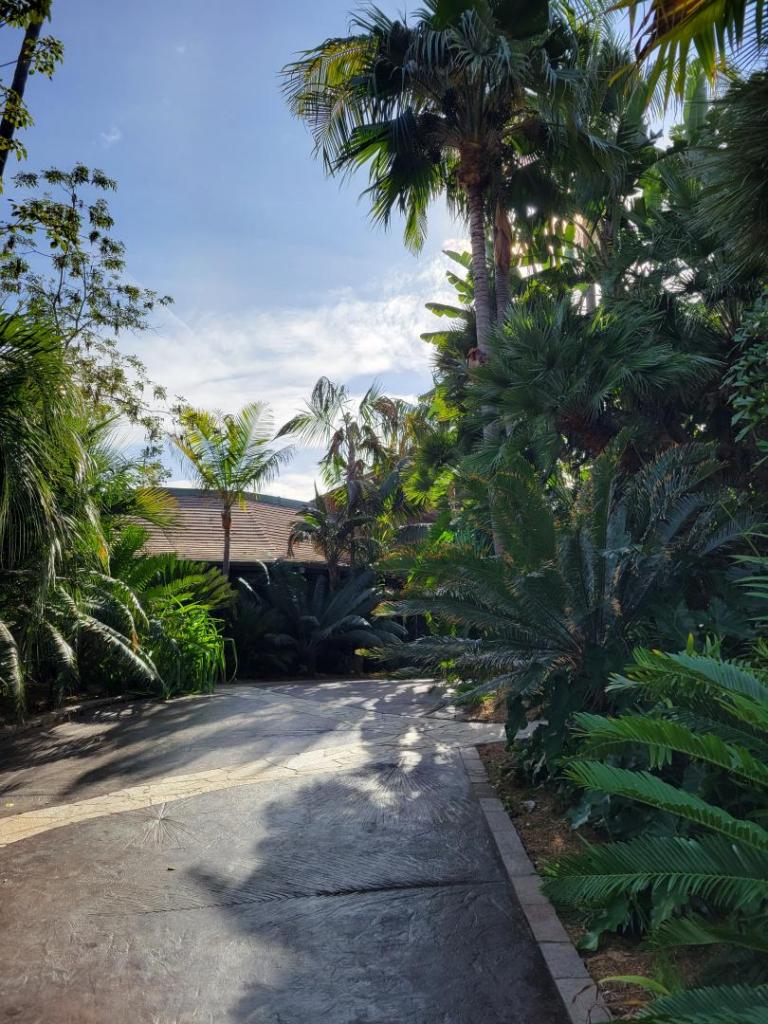

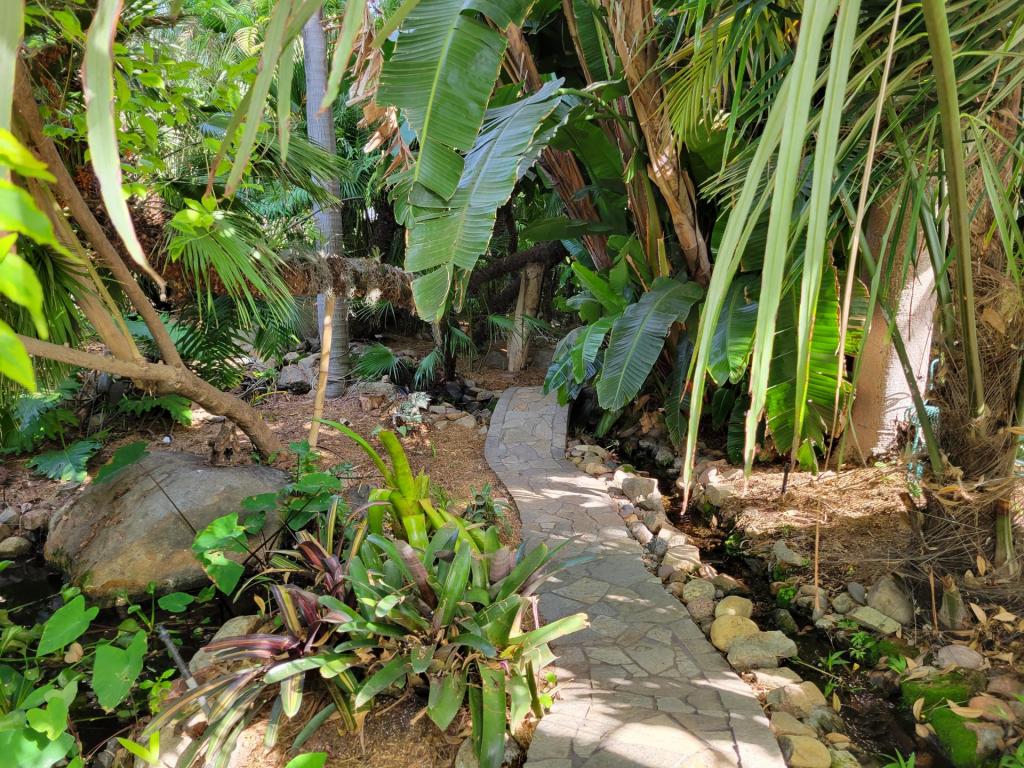
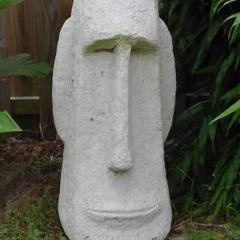

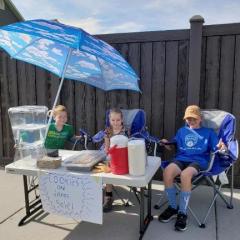

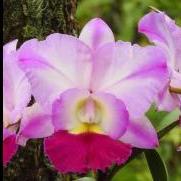
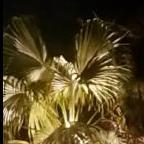
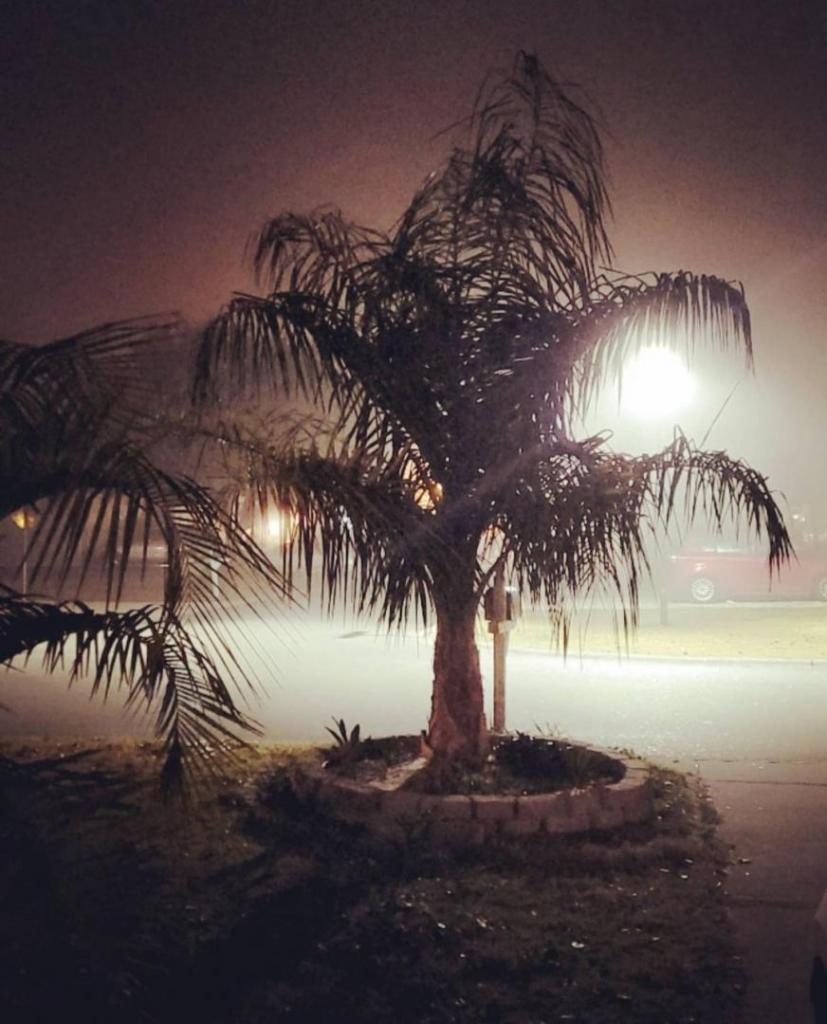
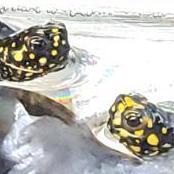
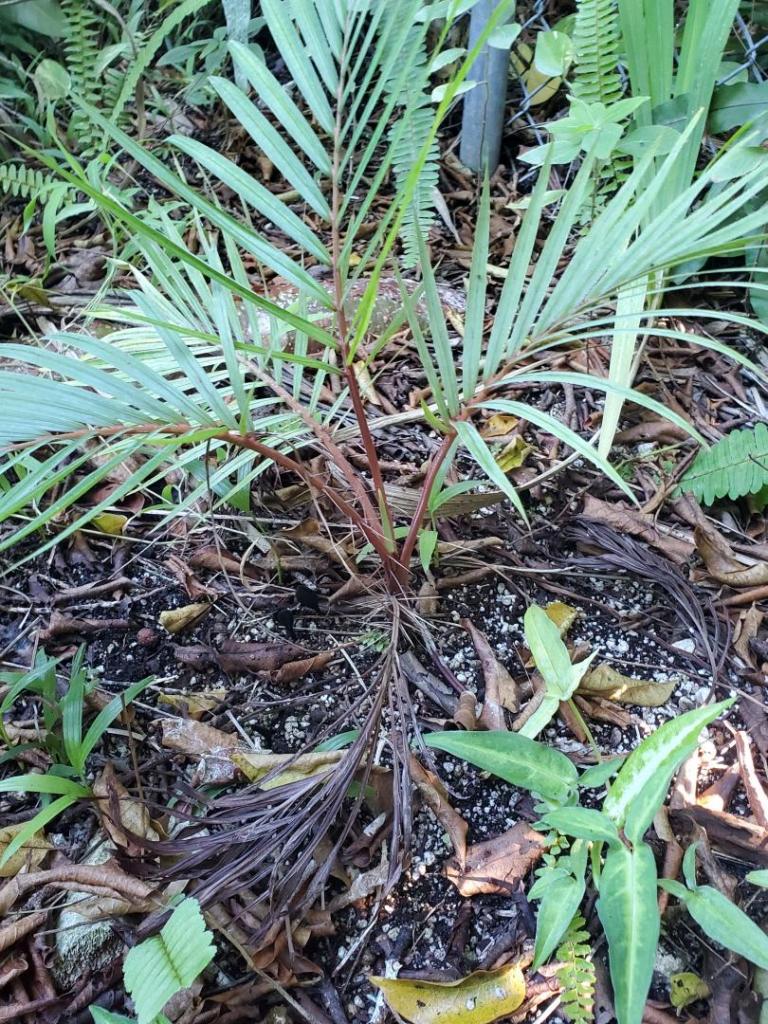
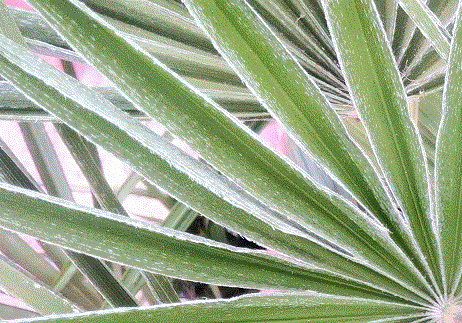



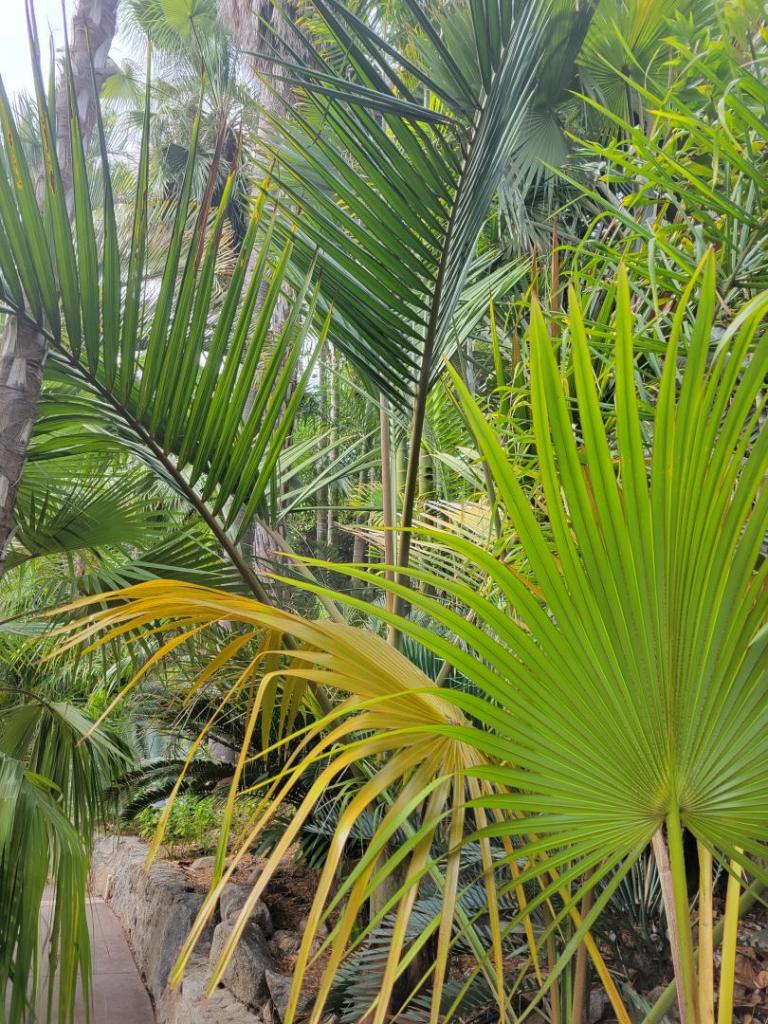
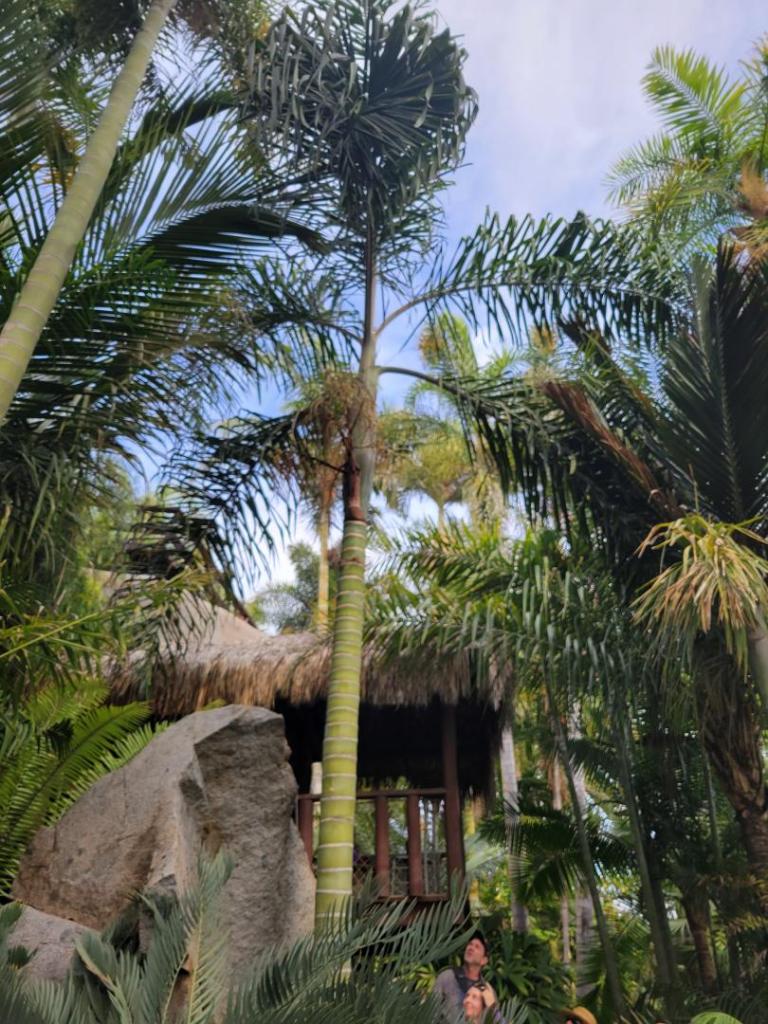


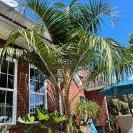


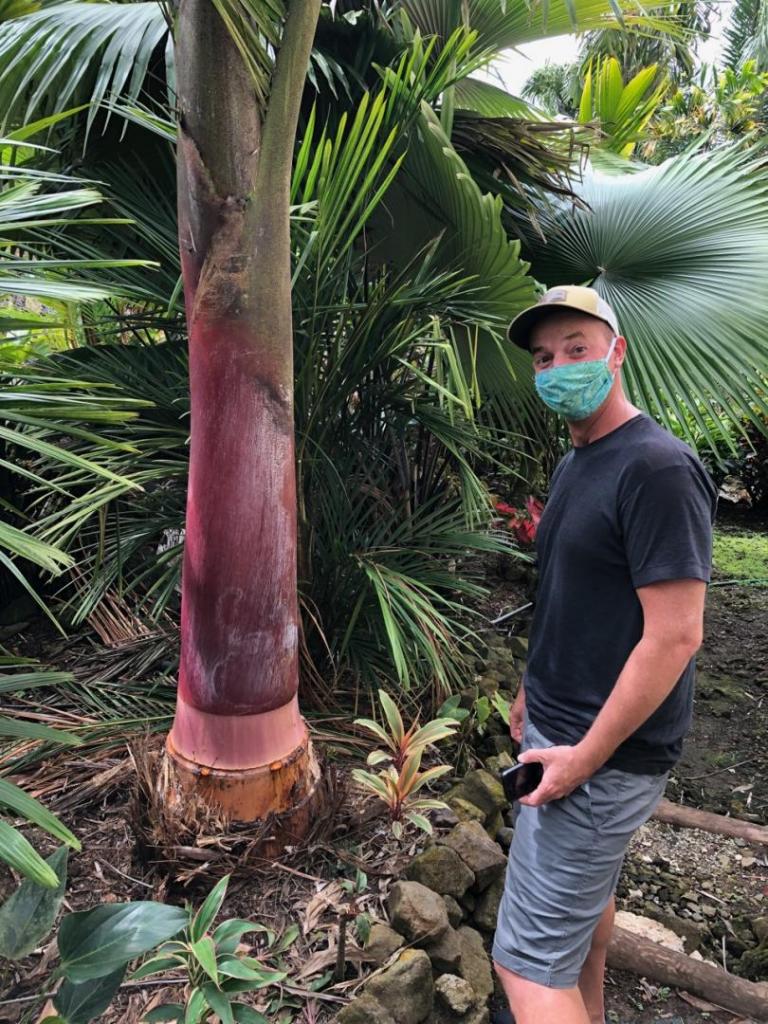


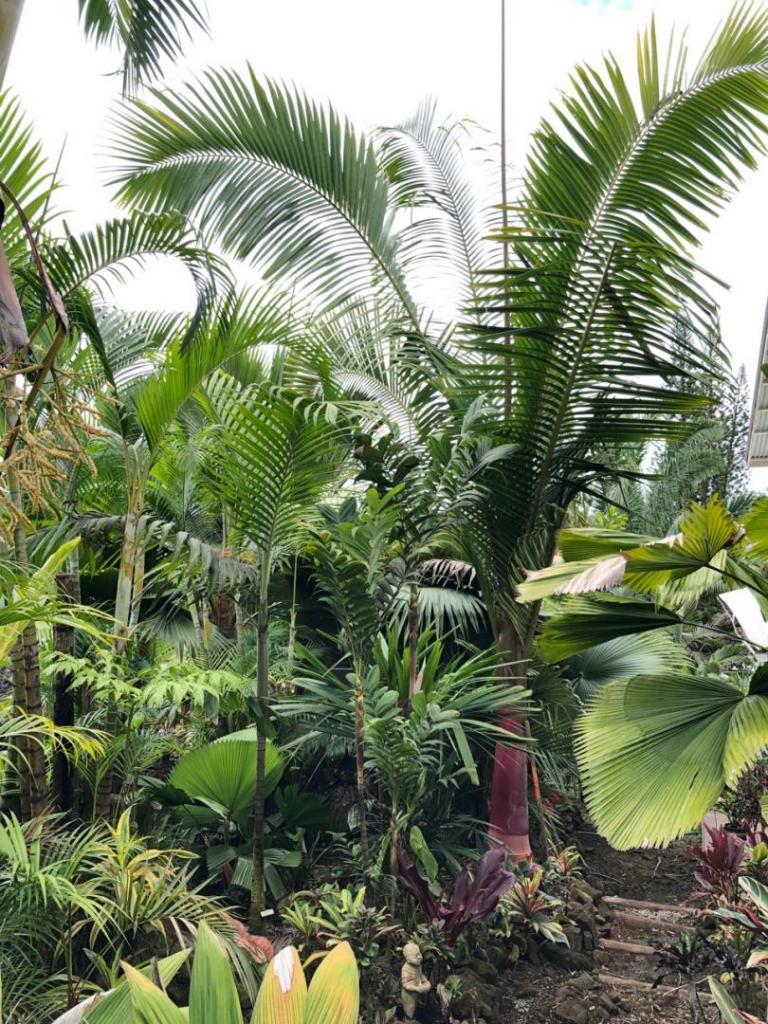
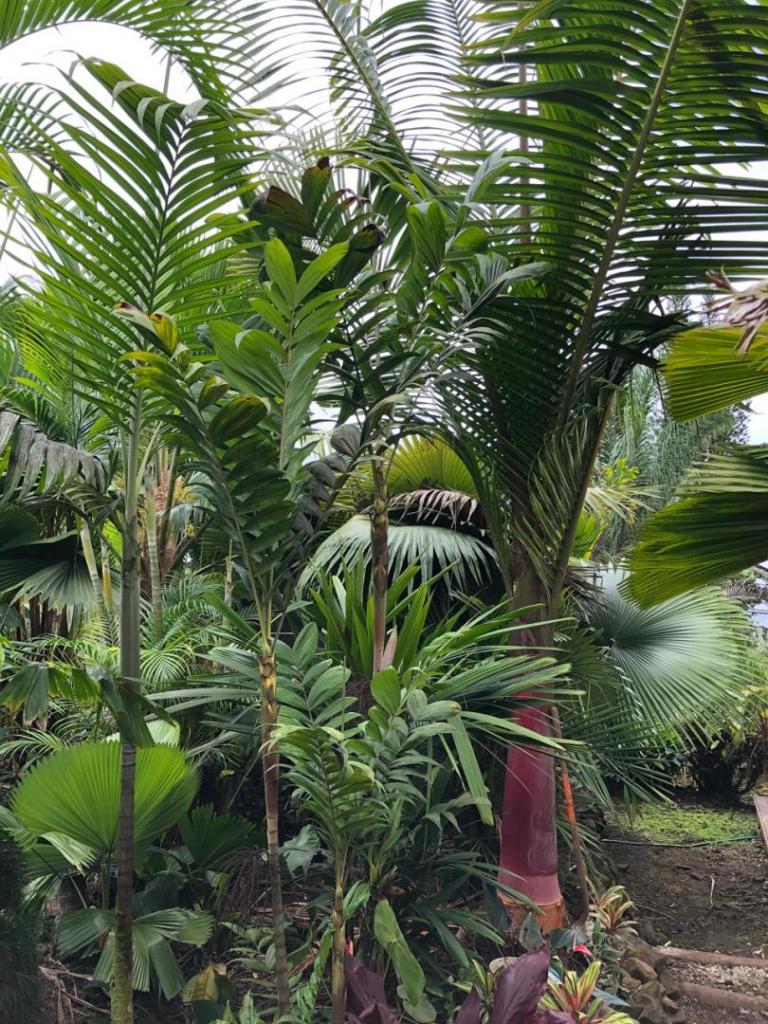
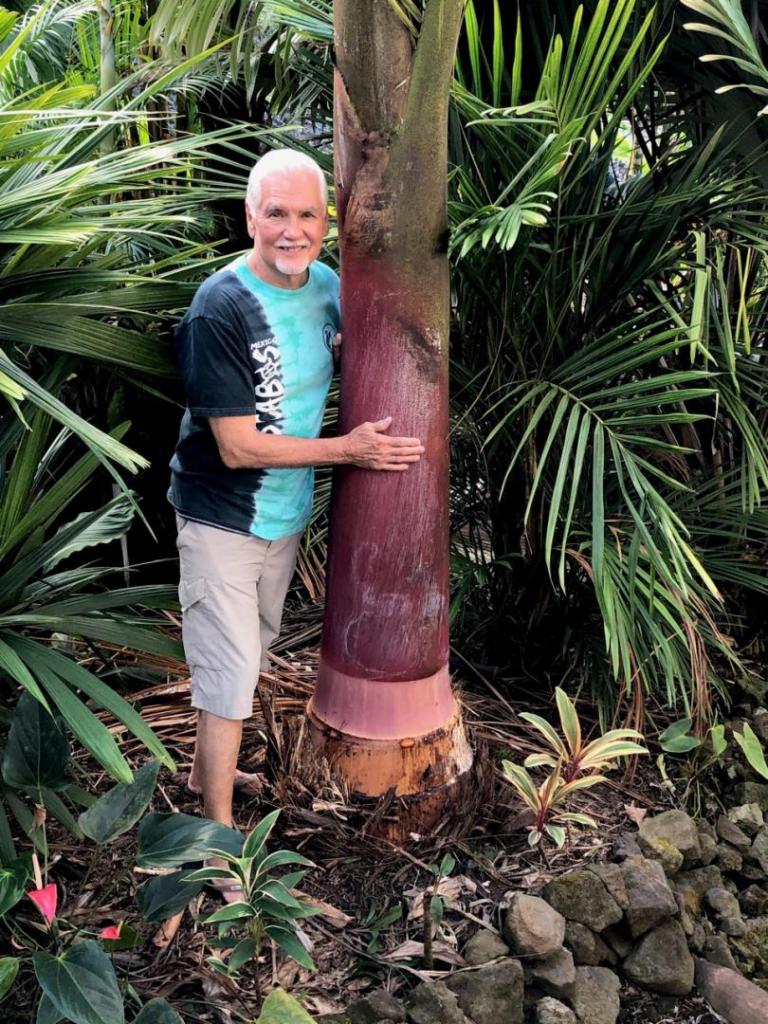

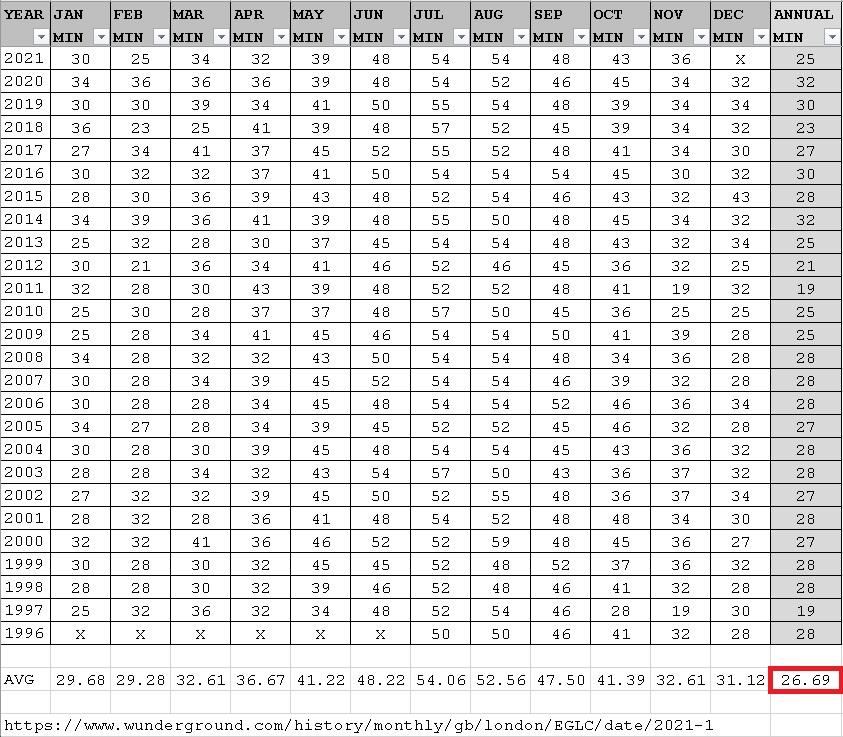


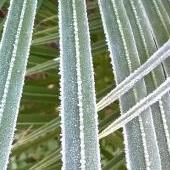


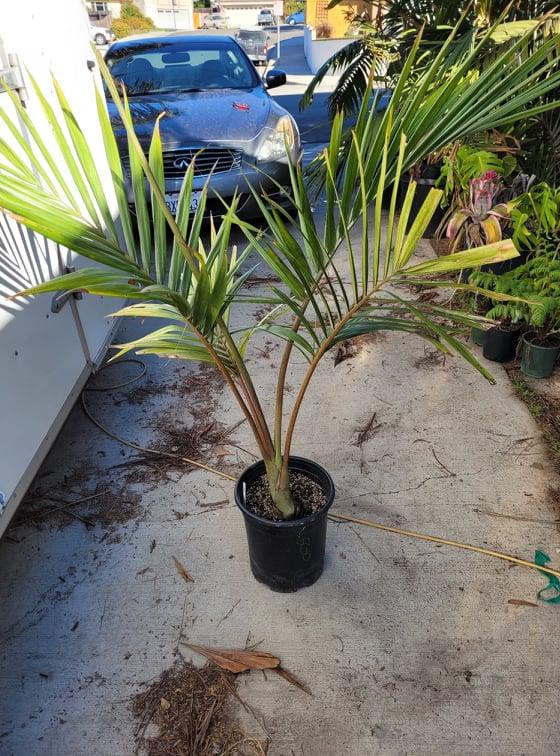
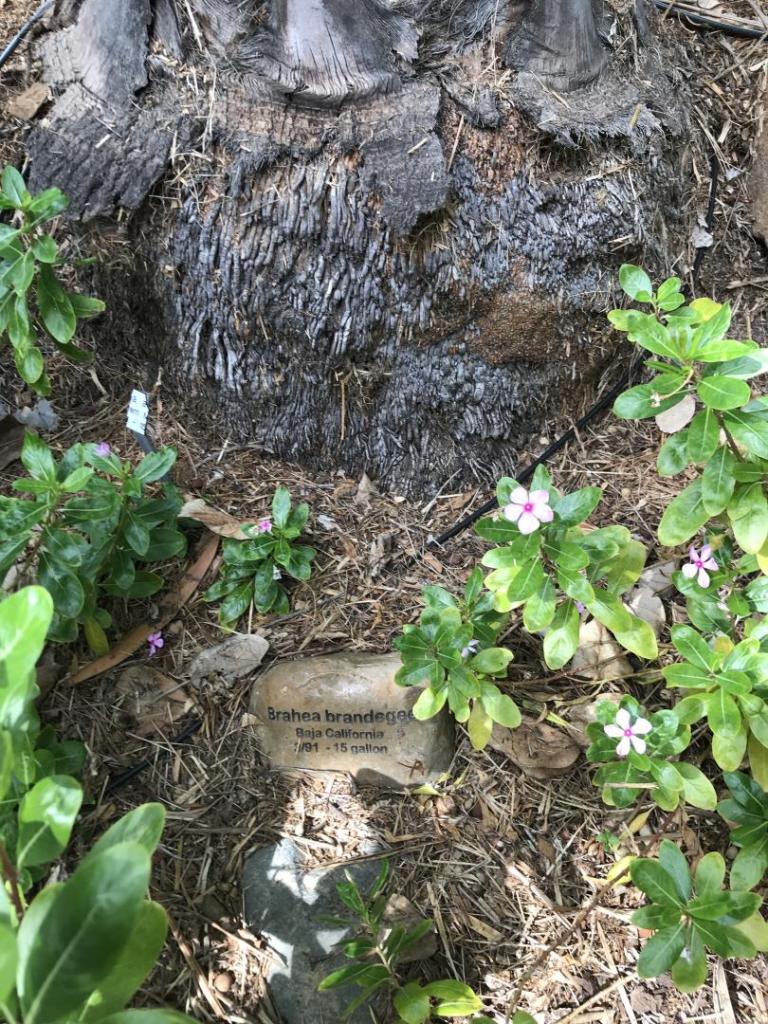

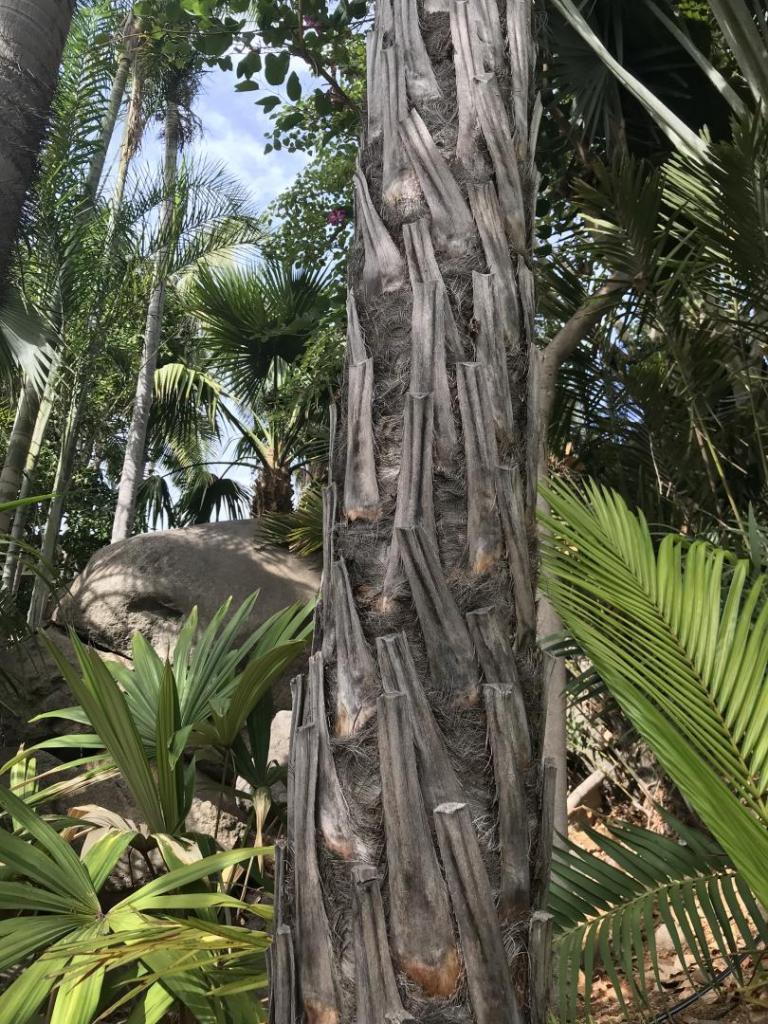
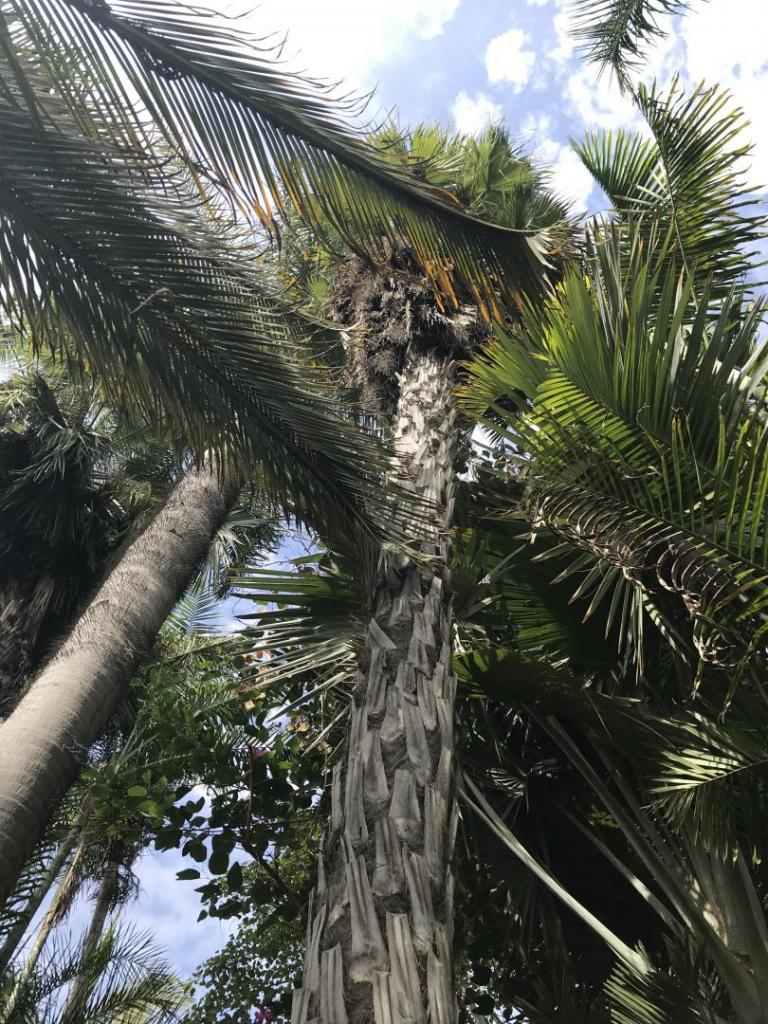



.jpg.7d1f41d4957e93b292325a80d7ced4f4.thumb.jpg.b19fa775c567e2deb70d86fcfc938ce0.jpg)


